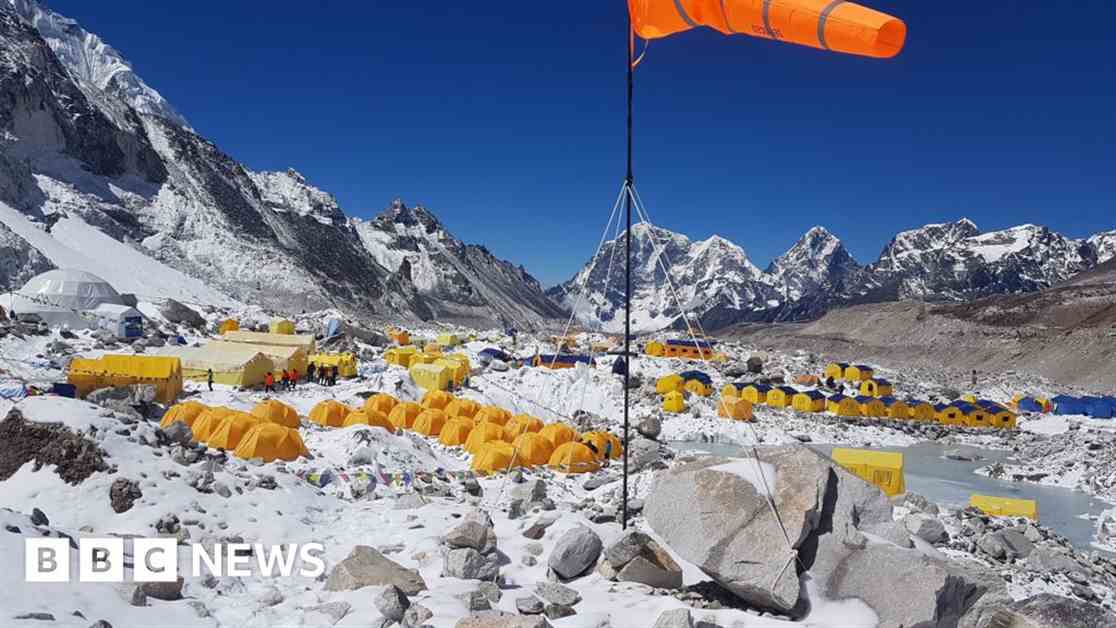Mount Everest Clean-Up: Nepalese Army Removes 11 Tonnes of Rubbish and Bodies from Himalayan Peaks
2 days ago
By Mallory Moench, BBC News
The Nepalese army has successfully removed eleven tonnes of rubbish, four corpses, and one skeleton from Mount Everest and two other Himalayan peaks this year. This extensive clean-up operation took troops a total of 55 days to recover waste and bodies from Everest, Nuptse, and Lhotse mountains.
It is estimated that over fifty tonnes of waste and more than 200 bodies currently cover Mount Everest alone. The army initiated an annual clean-up of the mountain back in 2019 due to concerns regarding overcrowding and climbers facing dangerous conditions while queuing to reach the summit. Since then, a total of 119 tonnes of rubbish, 14 human corpses, and some skeletons have been collected through five clean-up operations.
This year, authorities focused on reducing rubbish and improving rescue efforts by implementing regulations for climbers to wear tracking devices and bring back their waste. Additionally, the government plans to establish a mountain rangers team to monitor waste and allocate more resources towards its collection, as stated by Nepal’s Department of Tourism director of mountaineering, Rakesh Gurung.
During the spring climbing season that concluded in May, the government issued permits to 421 climbers, a decrease from the previous year’s record-breaking 478. This number does not include Nepalese guides, and approximately 600 individuals climbed the mountain this year.
Tragically, eight climbers went missing or lost their lives during this year’s season, a decrease from the 19 incidents reported last year. Among the missing individuals is Briton Daniel Paterson and his Nepalese guide, Pastenji Sherpa, who were struck by falling ice on 21st May. Despite efforts by Mr Paterson’s family to fund a search team, recovery operations are currently deemed unfeasible due to the location and hazards involved.
The reduction in permits issued this year is attributed to the global economic situation, China granting permits, and India’s national election, which led to fewer climbers from the country. Following a court order in May by Nepal’s Supreme Court to limit permits, the government is contemplating further reforms, such as staggering climbers to alleviate traffic congestion at the summit. Mr Gurung emphasized the necessity of conducting a scientific study to determine a safe number of climbers for Mount Everest, noting that this information will guide future regulations and ensure the safety of climbers.
